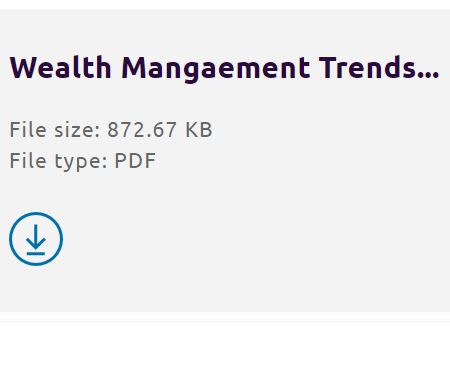OK, not okay
Did you know that “OK,” not “okay” is the correct spelling of that familiar expression?
If you didn’t know how to spell OK, you have plenty of company, as I discovered when I ran a LinkedIn poll.
Origins of OK
The term OK is an initialism. It comes from the misspelling “oll korrect” for “all correct.” Apparently such misspellings were popular in the 1830s, when this term originated, according to “The Hilarious History of ‘OK’: The English language’s most successful export is a joke.”
Is okay never OK?
Associated Press style says, “Do not use okay.” But AP style is not the only style.
A respondent to my LinkedIn poll pointed me to a Chicago Manual of Style pronouncement that says either spelling is OK:
“OK” and “okay” are informal, so even though we might normally choose the first-listed “OK” in Merriam-Webster (rather than its equal variant “okay”), it doesn’t really matter which form of this handy nineteenth-century abbreviation you prefer.
Does your spelling matter?
There are worse errors than spelling OK the wrong way. After all, your reader will understand the word, no matter which way you spell it.
The most important thing, in my view, is to pick one spelling and stick with it. Consistency makes your writing easier for your readers to absorb. If you’d like to catch inconsistencies in your spelling, one of the tools I mention in “My three main software tools for proofreading” is great at that task.
NOTE
The blog will be on vacation for the rest of August. Enjoy the last days of summer!


 I post these challenges to raise awareness of the importance of proofreading.
I post these challenges to raise awareness of the importance of proofreading. I post these challenges to raise awareness of the importance of proofreading.
I post these challenges to raise awareness of the importance of proofreading.




